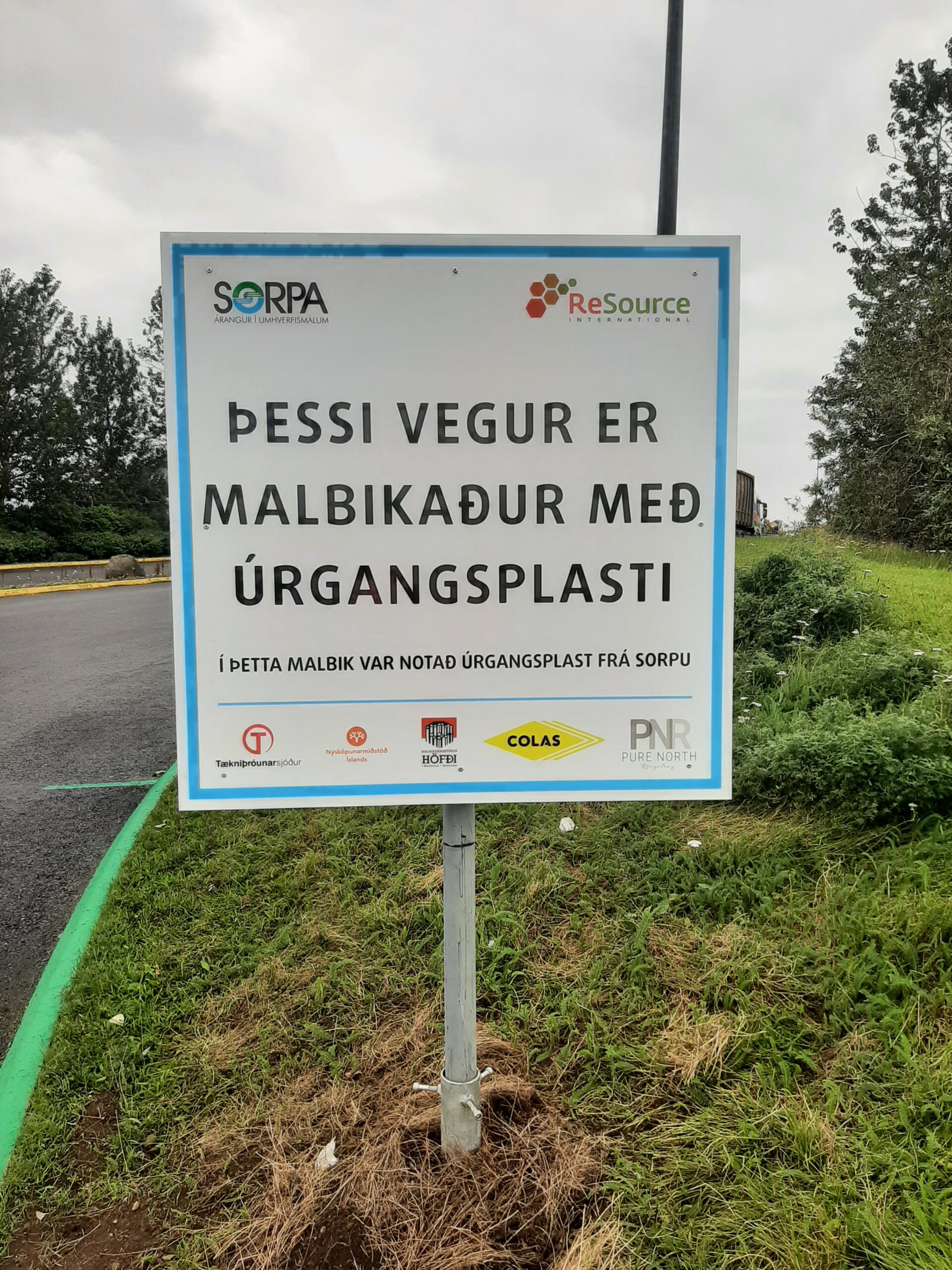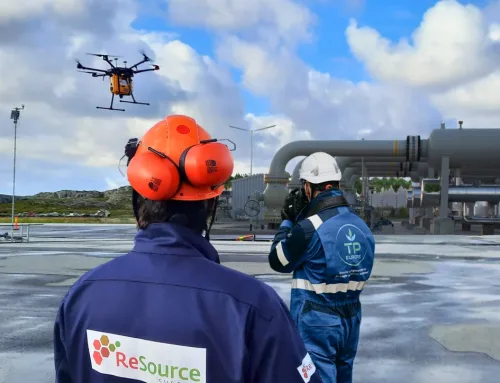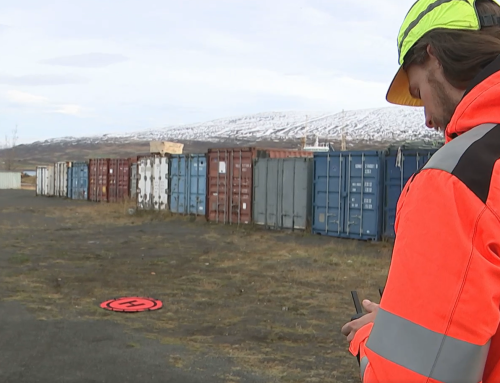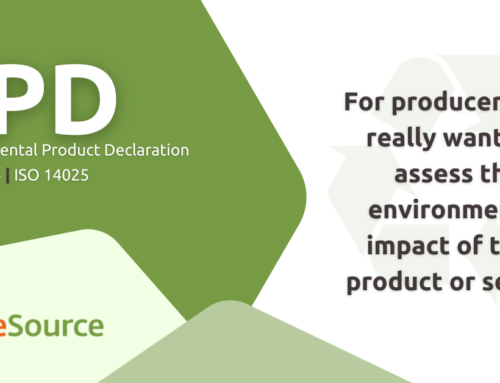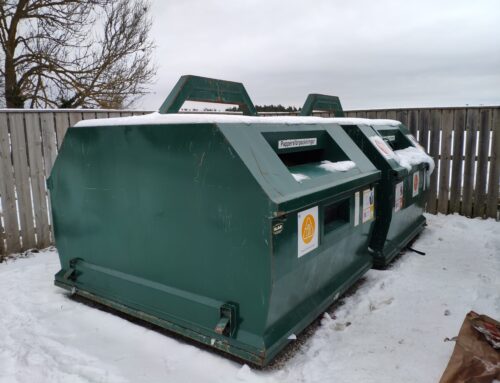The effect of plastic waste on asphalt has been researched from 2018 to 2021 in Iceland. The results show that the plastic increses the stability of asphalt and reduces wheel-track formation. The waste plastic substitutes virgin plastic and thus microplastics in the environment is not increased. The plastic used was mixed waste plastic which would have been incinerated for energy production, but the reuse of the plastic in asphalt is thought to be environmentally friendlier compared in CO2 equivalents.
Plastic is a material made of organic polymers, can take on many forms, is light weight and cheap. At the same time the material is slow-degradable and it is not uncommon that it doesn’t undergo adequate waste treatment. The amount of non-recyclable mixed waste plastics has become a global problem. It can be found in the ocean, on land, in landfills and when it is burnt it releases carbondioxide and dioxins into the atmosphere.
What can be done?
When plastic has become waste, reuse-focused innovation is needed on a large scale, and asphalt is a commonly used product.
The objective of the research was to find innovative solutions to enhance the performance of asphalt with the use of waste plastics. This way, it is possible to use residual resource reliant solutions that promotes environmental and economic savings.
How much plastic is used?
Approximately 8-16% of the bitumen content is replaced by waste plastics. The amount is equivalent to using 40-80 g of plastic for 10 kg of asphalt. The plastic melts together with the bitumen and the product is like traditional asphalt when mixed, worked and paved.
The waste plastic used was gathered from the recycling stations of the capital region of Iceland, run by Sorpa. The plastic was then resorted by ReSource International ehf., cleand and ground by Pure North Recycling in Hveragerði.
Road was paved by the material recovery facility of Sorpa in Gufunes.
A test road was paved in Grafarvogur next to the material recovery facility of Sorpa in August 2021. Colas paved the asphalt with and without wast plastics, at the same time, next to each other, now waiting for time to show similar results to those found in the laboratories of Colas, Iceland’s innovation center and Malbikunarstöðin Höfði.
The road is an icon of the circular economy which derails resources from the dumps and toward reuse. The use of the plastic also strengthens domestic recycling and reduces the need for export of waste. Let’s support domestic recycling, contribute to sustainable use of resources and boost the circular economy.
The research was carried out in collaboration with ReSource International ehf., Colas, The Innovation Center of Iceland, Pure North Recycling and Sorpa. The project was funded by the Icelandic Center for Research.
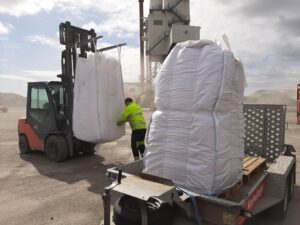
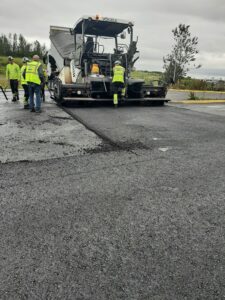
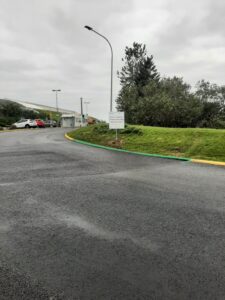
https://www.resource.is/is/plastmulningur-til-betri-vega/
https://www.resource.is/is/urgangsfjollidur-i-malbiki/
Upp í vindinn. 2020. Plastúrgangur í malbik. Umhverfis og Byggingaverkfræðideild Háskóla Íslands (39 árgangur).
Guðrún Fjóla Guðmundsdóttir, 2018. Plastic Waste in Road Construction in Iceland: an Environmental Assessment. Danmarks Tekniske Universitet, DTU.

